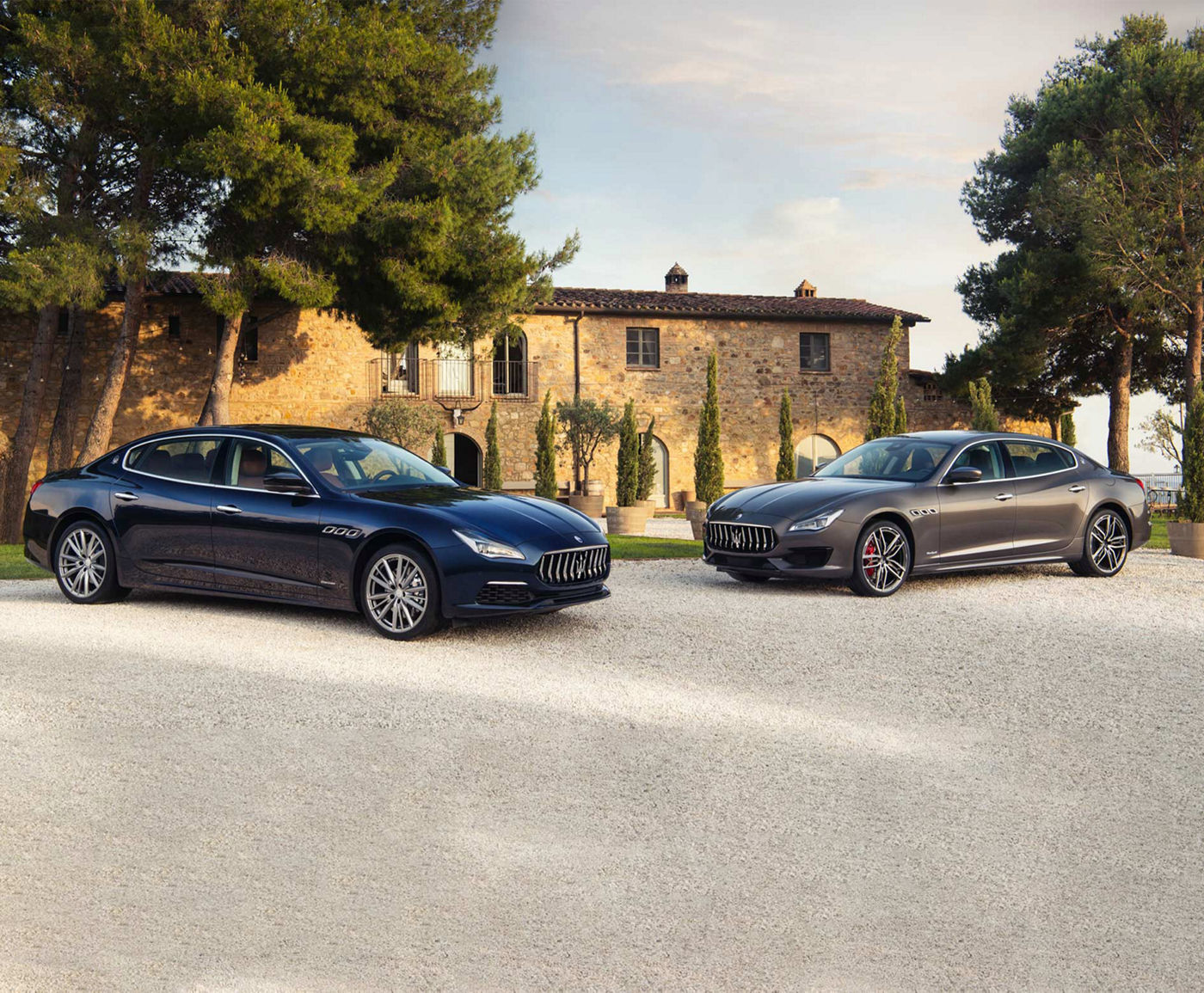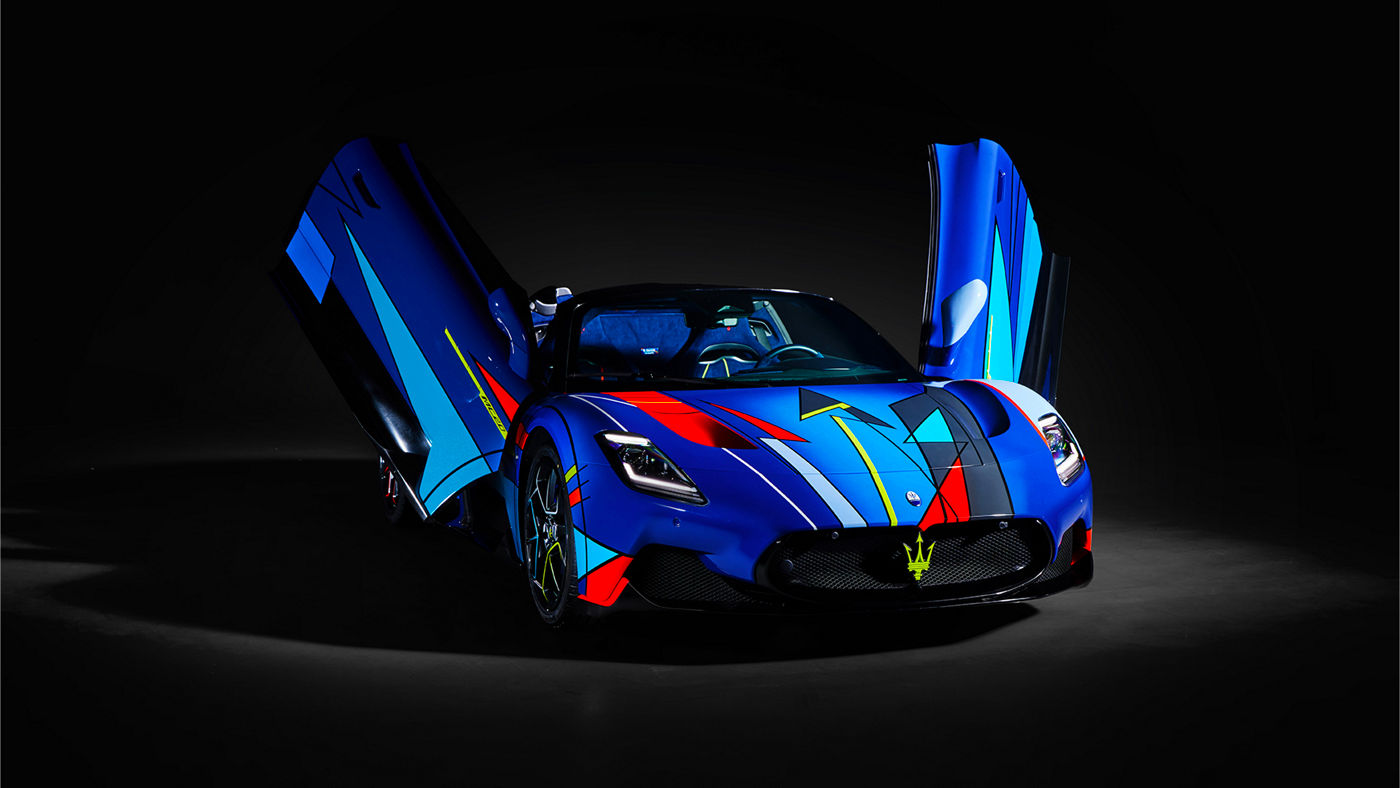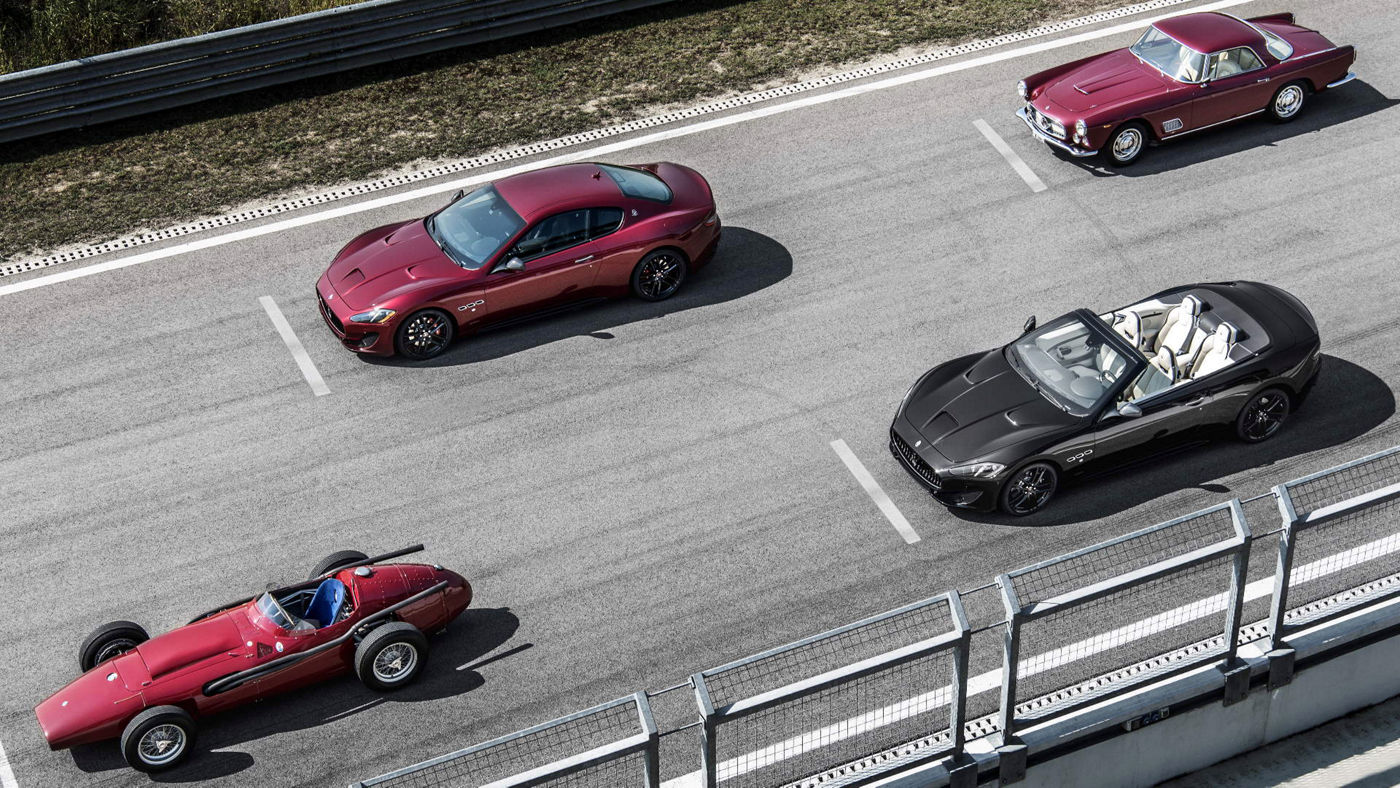TOUS NOS MODÈLES
100% électrique
SPORTS CARS
Circuit
GRECALE
GRANTURISMO
GRANCABRIO
MCPURA
MCPURA CIELO
GT2 STRADALE
GT2
MCXTREMA
Séries spéciales

Everyday Exceptional
Vitesse
Puissance

The Others Just Travel.
À partir de
CHF 191.100
Vitesse
Puissance

Drive Like the Best Is Yet to Come
À partir de
CHF 201.500
Vitesse
Puissance

Pure coupé energy
Vitesse
Puissance

Cielo, Unbound
Vitesse
Puissance

Racing is Life
Vitesse
Puissance

Racing is Life

Racing is Life
À propos de nous
Fuoriserie sur mesure
Expériences
Gamme 100% Électrique
Motorsport
Partenaires
Histoires d'Audace
Latest from the Tridente
Trouver un Concessionnaire
Services Exclusifs
Boutique Maserati



Configurateur
Maserati Approved
Service financiers























































